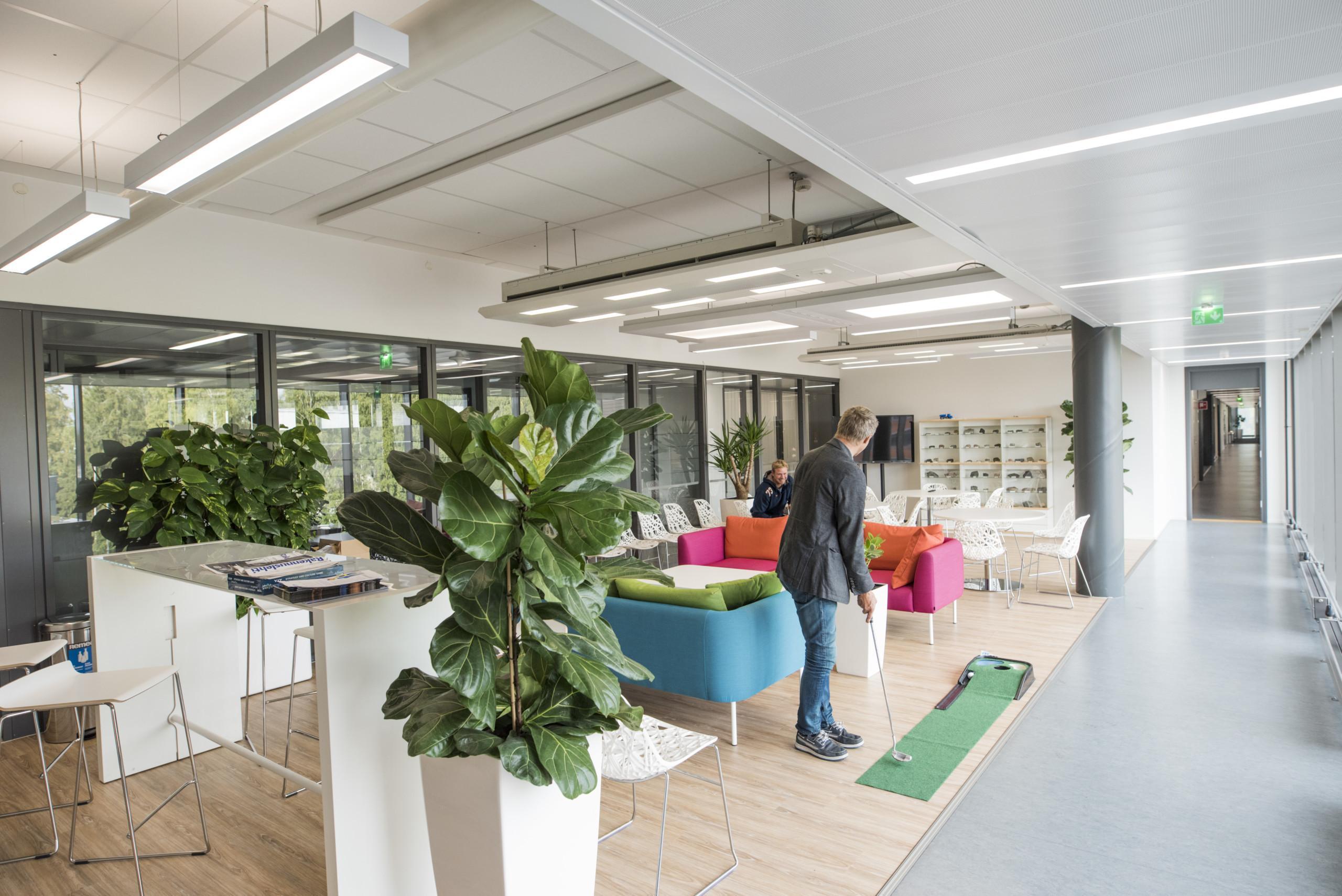 WRITTEN BY ANDREW KEFFORD
WRITTEN BY ANDREW KEFFORD
Andrew Kefford is our Head of Direct Sales focusing on Finland, Sweden and the UK. With over 20 years of experience, Andrew is responsible for the sales and implementation of our solutions plus global post sales support. Andrew’s background is in both IT, critical infrastructure and smart buildings. He truly understands the technology and the outcomes the technology can deliver for the people who use the buildings.
The last eighteen months have seen unprecedented disruption to working life for millions of people. At the height of the COVID-19 pandemic, the Office of National Statistics found that 8.4 million people (just under 26% of the working-age population) were working from home in the UK ¹.
Fortunately, the worst of the pandemic now seems to be behind us. Over the last few months, employees have started to return to offices, although many millions remain working from home. Employers across many sectors are looking to encourage staff to return to the workplace and resume ‘business as usual’. However, anxiety and concern about returning to the office mean this transition can be difficult for many people.
A recent survey of senior business leaders found that 69%² think it will be detrimental to careers if people continue to work from home. Some employers are naturally keen to get staff back into the office as soon as possible, but this must be handled with care.
What can employers do to ease the transition of the return to the office?
Hopefully, managers looking at returning from working from home arrangements are engaging in constructive dialogue with their teams to address potential concerns and give space for people to voice any anxiety they may be feeling. Addressing employee wellbeing is paramount. Not only is this the right thing to do, but it is also the best approach for the future of your business. Contented employees are productive and loyal staff.
Making sure that the office environment is as welcoming and comfortable for staff as possible should be a priority. This may include looking at ways to ensure that spaces are well ventilated and that measures are in place to reduce the risk of infection.
However, if employees feel that the office is a productive and relaxed workspace, they are more likely to be enthusiastic about returning. Providing spaces for people to collaborate and socialise, as this is one feature that cannot be truly replicated online, will also help entice people back to the office.
There are many ways to achieve this, from a full office renovation to new office furniture and a coat of paint. One way to do this is by investing in modern lighting control systems. One of the concerns many people have about returning to the workplace is missing out on daylight hours. While working from home, it is easy to step into the garden or see the outside world from your window. This simple interaction makes us feels good, and there is a simple reason why. Our bodies run on circadian rhythms³, which is an internal process that regulates our sleeping cycle and is heavily influenced by external factors like temperature and, of course, light. Put simply, if we don’t see enough daylight – our sleep patterns suffer, and with it, our alertness and ability to concentrate.
That’s why it is critical to ensure that your workspace has lighting that allows your staff to work at their best. At Helvar, we offer lighting control systems that boost productivity and create the right atmosphere – whatever your work environment. Not only can our lighting improve employee wellbeing, but we also offer sustainable lighting solutions that can reduce electricity usage by up to 85%.
Lighting control solutions can support wellbeing and create intelligent, adaptive office spaces. Explore the benefits of renovating your office lighting.

